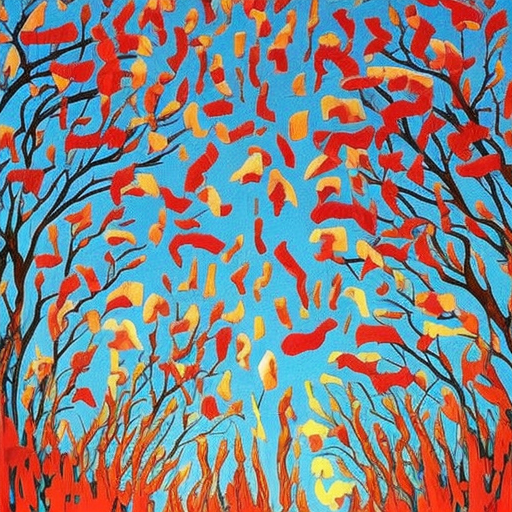Summary: Critiques are evaluations or assessments of artistic works, performances, or cultural phenomena. They provide an analysis of the strengths and weaknesses of the subject, offering insights and opinions that can help shape public perception and future development. Critiques can be found in various forms, including written reviews, oral discussions, and online platforms. They play a crucial role in shaping the discourse around art and culture, providing a platform for dialogue, reflection, and improvement.
What are Critiques?
Critiques are assessments or evaluations of artistic works, performances, or cultural phenomena. They involve analyzing and interpreting the subject, highlighting its strengths and weaknesses, and offering insights and opinions. Critiques can be subjective, reflecting the personal preferences and biases of the critic, or objective, focusing on technical aspects and universal standards.
The Importance of Critiques
Critiques serve several important purposes. Firstly, they provide an avenue for dialogue and discussion about art and culture. By offering different perspectives and interpretations, critiques stimulate conversation and encourage a deeper understanding of the subject. They also help shape public perception, influencing how the work or performance is received and remembered.
Furthermore, critiques play a vital role in the development and improvement of artistic works. Constructive criticism can help artists and performers identify areas for growth and refinement. By highlighting both the strengths and weaknesses of a piece, critiques provide valuable feedback that can inform future creations.
Forms of Critiques
Critiques can take various forms, depending on the medium and context. Written reviews are a common form of critique found in newspapers, magazines, and online publications. These reviews often provide a detailed analysis of the subject, discussing its themes, techniques, and impact.
Oral critiques can also be found in the form of panel discussions, interviews, or conversations between artists, critics, and audiences. These discussions allow for a more interactive and immediate exchange of ideas, fostering a deeper understanding of the subject.
In recent years, online platforms have become a popular space for critiques. Blogs, social media, and dedicated review websites offer individuals the opportunity to share their opinions and engage in discussions about art and culture. This democratization of critique allows for a wider range of voices to be heard and provides artists with valuable feedback from a diverse audience.
The Role of Critics
Critics are individuals who specialize in evaluating and analyzing artistic works and cultural phenomena. They often have a deep knowledge and understanding of the subject matter, allowing them to provide informed opinions and insights. Critics can be professional writers, scholars, artists, or simply passionate enthusiasts.
The role of critics extends beyond providing subjective opinions. They act as mediators between artists and audiences, helping to bridge the gap between the two. Critics can introduce new works to the public, contextualize them within a larger cultural framework, and offer interpretations that enhance the audience’s appreciation and understanding.
The Impact of Critiques
Critiques have a significant impact on the art and culture landscape. Positive reviews can generate buzz and increase public interest, leading to greater exposure and success for artists. Conversely, negative critiques can be detrimental, potentially damaging an artist’s reputation or hindering the reception of their work.
Critiques also contribute to the historical record of art and culture. They document the evolution of artistic movements, capture the zeitgeist of a particular era, and provide valuable insights for future generations. By examining the critiques of the past, scholars and historians can gain a deeper understanding of the cultural context and significance of artistic works.
In conclusion, critiques are evaluations or assessments of artistic works, performances, or cultural phenomena. They play a crucial role in shaping public perception, fostering dialogue, and contributing to the development and improvement of art and culture. Critiques can take various forms, from written reviews to oral discussions and online platforms. Critics, with their expertise and insights, act as mediators between artists and audiences, providing valuable analysis and interpretation. The impact of critiques extends beyond the immediate reception of a work, contributing to the historical record and shaping the discourse around art and culture.












